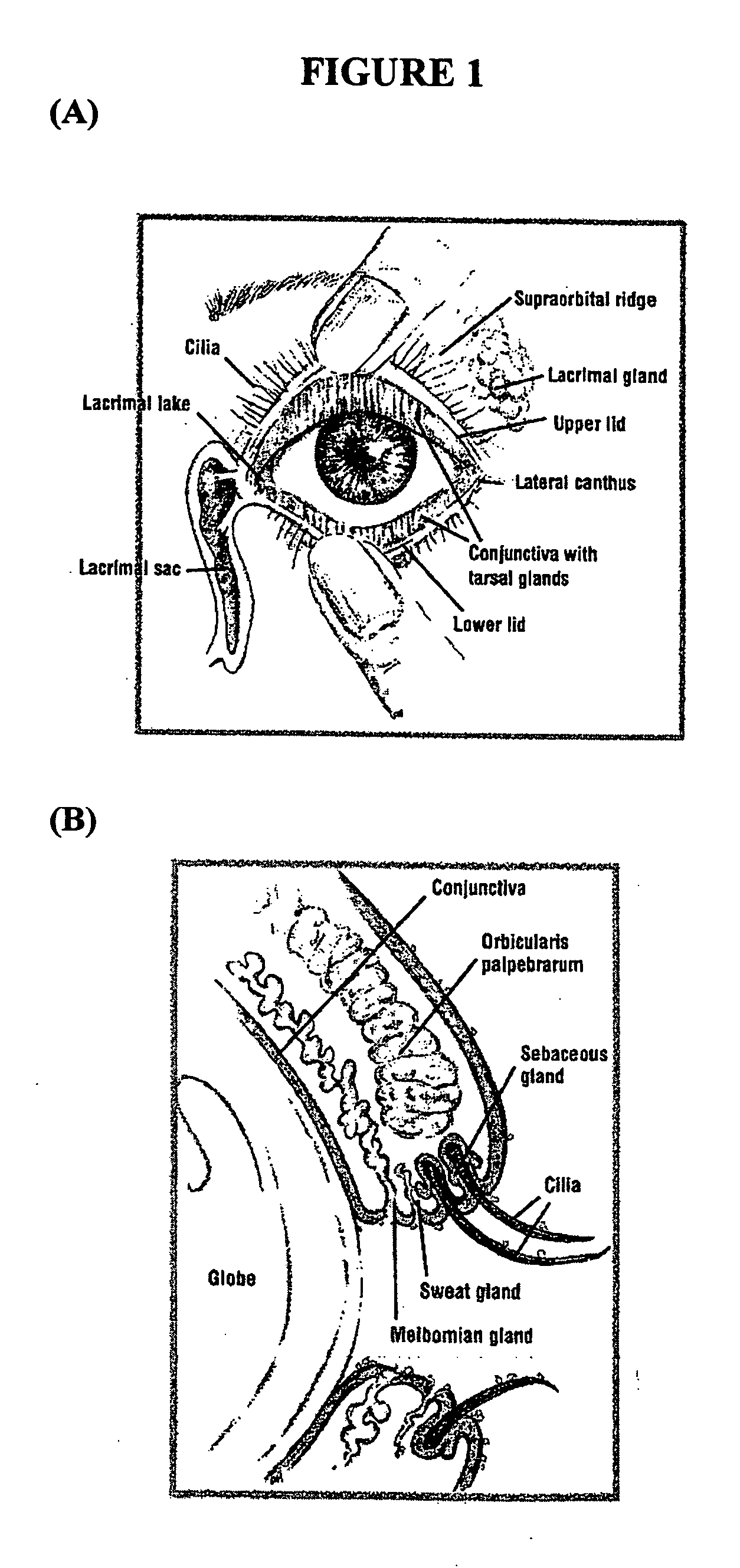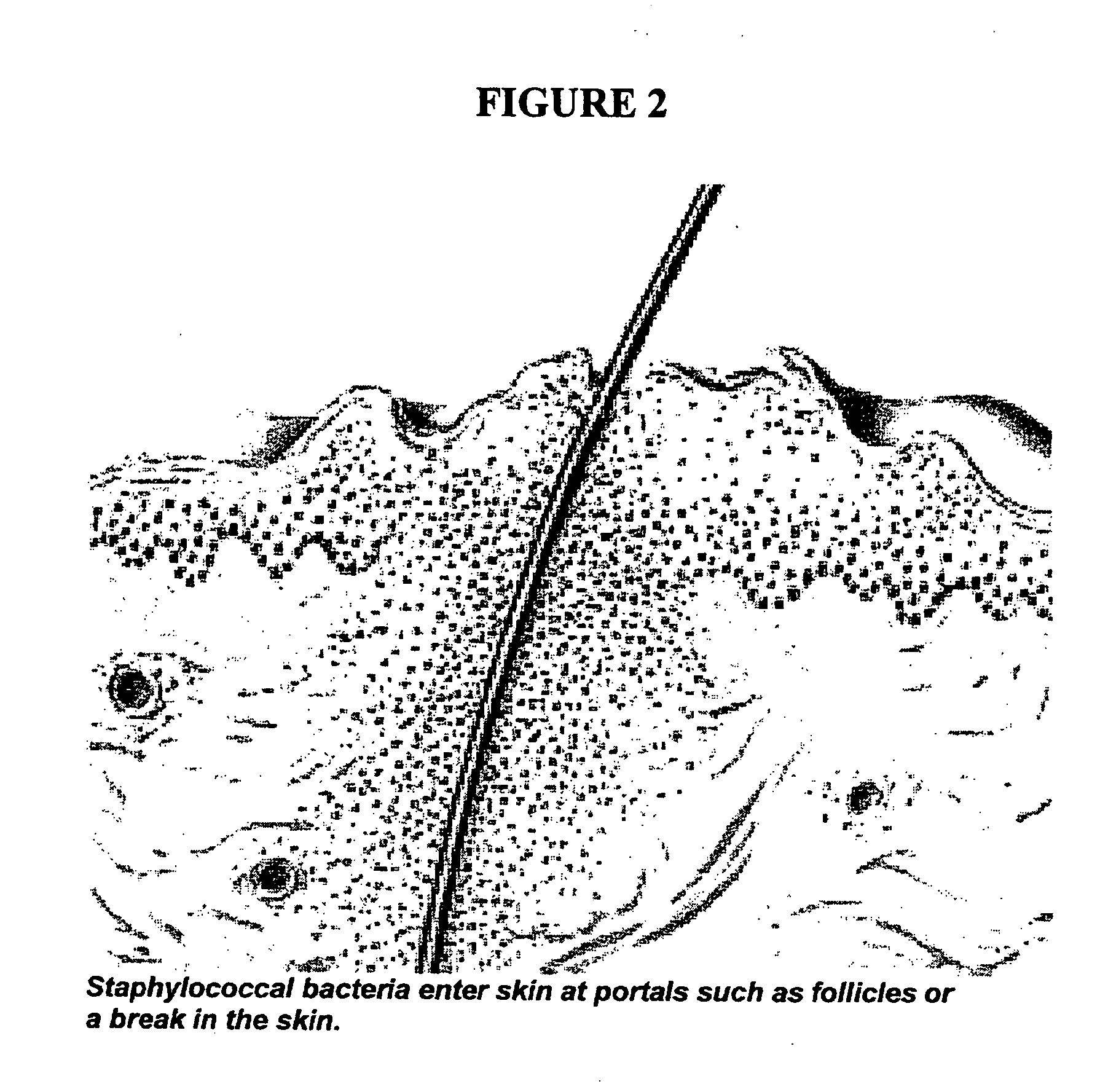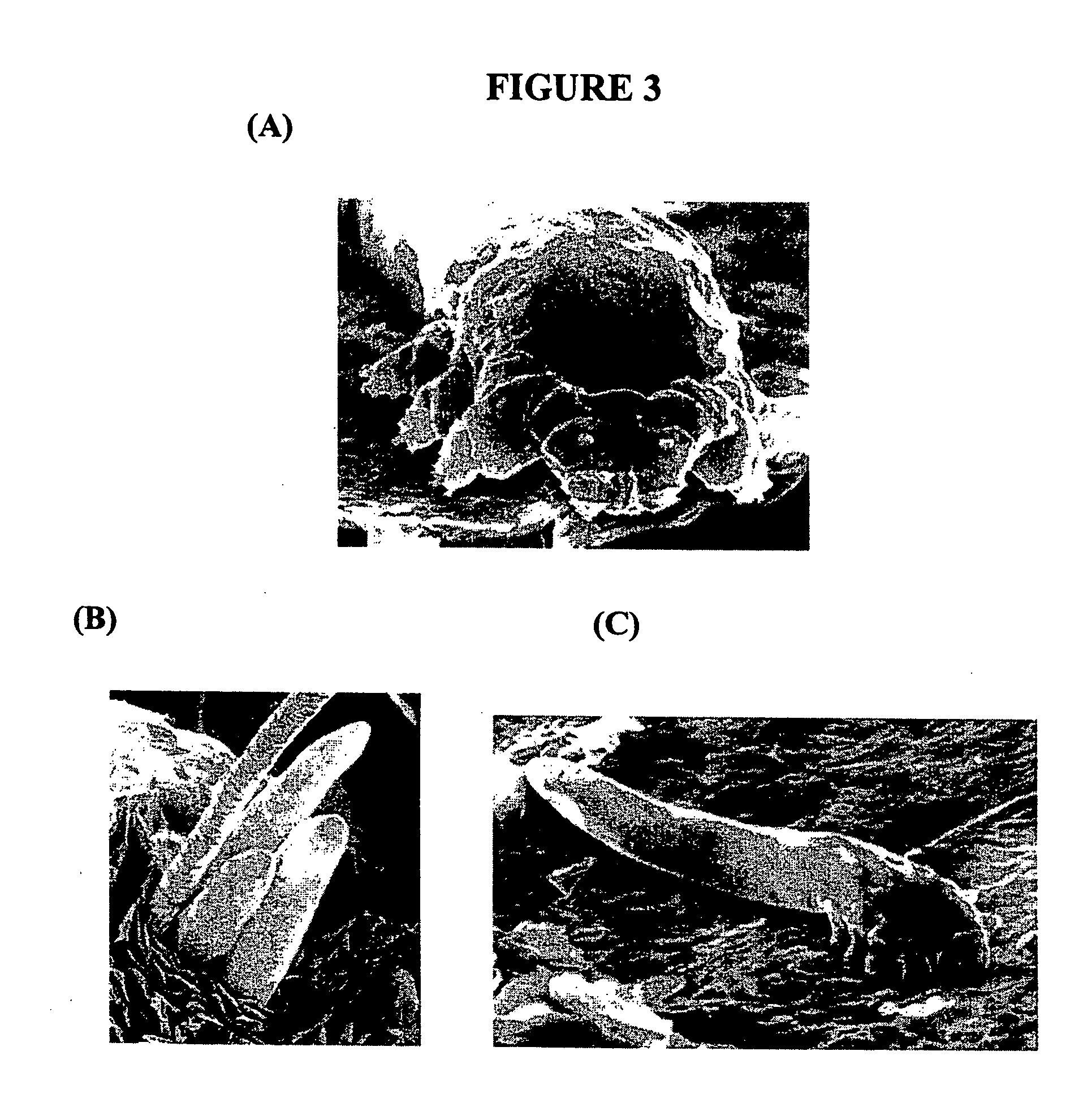Compositions and methods for maintaining eyelid hygiene
a technology of eyelids and compositions, applied in the field of compositions and methods for maintaining eyelid hygiene, can solve the problems of contact lens dropout, lack of nutrients and oxygen to the cornea, and rapid deterioration of the entire tear film, and achieve the effect of reducing the risk of eye poking and simple and easy methods
- Summary
- Abstract
- Description
- Claims
- Application Information
AI Technical Summary
Benefits of technology
Problems solved by technology
Method used
Image
Examples
example 1
[0066] This example shows several formulations of a cleanser composition that can be used in the present invention. Preferably, the cleanser composition is placed in premixed form in a foaming dispenser bottle such as Minifoamer, available from Airspray International Inc. This generates the transiently stable foam that can be used in the methods of the invention.
[0067] Current research underscores that the physiological processes in and on the skin take place best in a slightly acidic medium. To support the skin's functions, it is therefore important to use skin care products with a physiological pH ideally close to the skin's pH of 5.5. In addition, it is important to stabilize the skin's natural protective acid mantle to optimize its ability to withstand infection. Accordingly the pH range of the composition is best kept about 5.5-6.5, inclusive. Citric acid is a preferred pH control agent.
[0068] The composition may include deionized water (20-80% by composition) sodium laureth ...
PUM
| Property | Measurement | Unit |
|---|---|---|
| total thickness | aaaaa | aaaaa |
| thickness | aaaaa | aaaaa |
| temperature | aaaaa | aaaaa |
Abstract
Description
Claims
Application Information
 Login to View More
Login to View More - R&D
- Intellectual Property
- Life Sciences
- Materials
- Tech Scout
- Unparalleled Data Quality
- Higher Quality Content
- 60% Fewer Hallucinations
Browse by: Latest US Patents, China's latest patents, Technical Efficacy Thesaurus, Application Domain, Technology Topic, Popular Technical Reports.
© 2025 PatSnap. All rights reserved.Legal|Privacy policy|Modern Slavery Act Transparency Statement|Sitemap|About US| Contact US: help@patsnap.com



